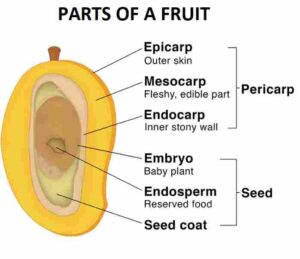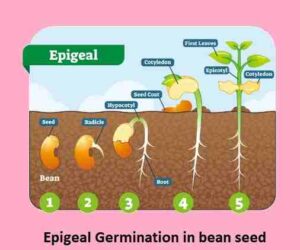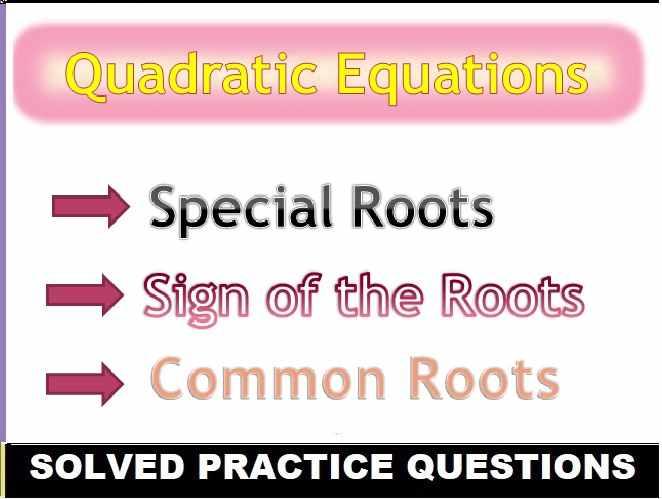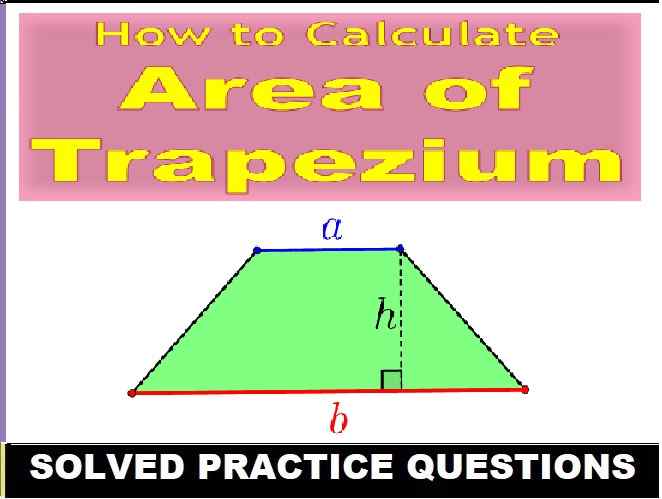Sexual Reproduction in plants Class-6th Goyal Brothers ICSE Biology Solutions Chapter-2 The Flower . We Provide Step by Step Answers of Objectives, Fill in the blanks , Definitions , Match the followings and Short/Long Question Type answers of Chapter-2 unit 2, Sexual Reproduction in plants . Visit official Website CISCE for detail information about ICSE Board Class-6.
Sexual Reproduction in plants ICSE Class-6th
Goyal Brothers Biology Solutions Chapter-2, unit-2
| Board | ICSE |
| Class | 6th |
| Subject | Biology |
| Book Name | Goyal Brothers |
| Chapter-2 | The Flower |
| Unit-2 | Sexual Reproduction in plants |
| Topic | Solution of exercise questions |
| Session | 2023-24 |
Sexual Reproduction in plants ICSE
Class-6th Goyal Brothers
I. Multiple Choice Questions. Tick(√ ) the correct choice.
1. Seeds are produced from the
(a) Ovules
(b) Ovary
(c) Stigma
(d) Pollen Grains
Ans: (a) Ovules
2. Conditions necessary for seed germination are
(a) Water, oxygen, and suitable temperature
(b) water and oxygen
(c) water and suitable temperature
(d) oxygen and warmth
Ans: (a) Water, oxygen, and suitable temperature
3. Transfer of pollen grains from the ripe anther to the stigma is termed
(a) Pollination
(b) Fertilisation
(c) Reproduction
(d) None of these
Ans: (a) Pollination
4. A seed consists of
(a) embryo
(b) seed coat, embryo and cotyledons
(c) embryo and seed coat
(d) seed coat and endosperm
Ans: (b) seed coat, embryo and cotyledons
5. An embryo of a seed consists of
(a) plumule
(b) radicle, plumule and cotyledons
(c) plumule and radicle
(d) radicle and cotyledons
Ans: (b) radicle, plumule and cotyledons
II. Fill In The Blanks :
- The root system arises from _radicle_ in the embryo.
- Ovules grow into _seed_ and ovaries into _fruit_ after fertilisation.
- During germination, plumule gives rise to the _shoot_ and radicle gives rise to _root of plant_.
- Fruit is a _mature_ ovary.
- A mature seed consists of _seed coat_, _embryo_ and _cotyledons_.
- In been seed, germination is _epigeal_.
- Three conditions necessary for seed germination are _water_, _oxygen_ and _suitable temperature_.
III. Find the odd-one out, giving reasons:
1. Cross pollination , Self pollination , Water pollination, Wind pollination
Reason: In Self pollination, the flower don’t use any agent. Therefore self pollination is the odd one out.
IV. Differentiate between the following:
1. Epigeal germination and Hypogeal germination
| Epigeal germination | Hypogeal germination |
| 1.Cotyledons are above the surface of the soil | 1.Cotyledons are below the surface of soil |
| 2. It is generally shown by the dicot seeds | 2.It is generally shown by the monocot seeds |
| 3. It occurs in beans, onion, papaya, castor, etc | 3. It occurs in coconut, gram, maize, etc |
2. Dicot seed and monocot seed
| Dicot seed | Monocot seed |
| 1. Dicots have two cotyledons | 1. Monocots have single cotyledon |
| 2.It has Three pores | 2.It has one pore |
| 3. The plumule in dicots occurs laterally | 3. The plumule in monocots occurs terminally |
Seed coat and Embryo.
| Seed coat | Embryo |
| 1. It is the protective covering of the seed. | 1.It is the young plant enclosed within the seed coat which germinates to form a new plants. |
| 2. It develops from the protective layer around the ovules. | 2. It is a product of fertilisation inside the ovary. |
| 3. The seed coat determines the shape of the seed. | 3. Embryo just fills in the shape determined by a seed coat. |
V. Define the following:
- Embryo: An embryo is a stage in an organism’s development and growth, which is the result of fertilization. A seed: It is a matured fertilized ovule that contains the embryo, endosperm, and seed coat
- Seed Germination: Germination is the process of seeds developing into new plants. First, environmental conditions must trigger the seed to grow. Usually, this is determined by how deep the seed is planted, water availability, and temperature
VI. Mention the functions of the following:
- Radicle: The function of the radicle is to absorb water from the soil for the growth of the embryonic plant.
- Plumule: The shoots of the plants that bear the leaves developed from the plumule of the embryo. The plumule helps in giving rise to the serial shoots of the plants. From the plumule the radicle arises which gives rise to the roots of the plants.
- Cotyledons: They contain reserve food material that provides nourishment to the developing seedling. The function of Cotyledons is to store food for the growing embryo.
- Endosperm: The endosperm plays an important role in supporting embryonic growth by supplying nutrients, protecting the embryo and controlling embryo growth by acting as a mechanical barrier during seed development and germination.
- Seed coat: Seed coat is the outermost covering of a seed. It helps in the protection of the seed from the physical stress such as shock, temperature variations or water damage.
VII. Answer the following questions:
Question 1 :- Where does sexual reproduction take place in plants?
Answer: The flower is the reproductive part of a plant and both male and female gametes are produced by flowers, therefore Sexual reproduction in plants takes place in flowers.
Question 2 :- What part is played by stamens and carpels in reproduction?
Answer: Stamens and Carpels are male and female reproductive parts of a flower respectively. Stamens produced male gamete while carpels produce female gamete.
Question 3:- Define: (i) Pollination (ii) Fertilisation (iii) Gamete (iv)Zygote (v)Fruit (vi)Seed (vii)Plumule
Answer:
(i) Pollination: Pollination is a method where pollen grains are picked from an anther, which is the male part of a flower and transferred to the flower’s female part called the stigma
(ii) Fertilisation: Fertilization can be defined as the fusion of the male gametes (pollen) with the female gametes (ovum) to form a diploid zygote. It is a physicochemical process which occurs after the pollination of the carpel. The complete series of this process takes place in the zygote to develop into a seed.
(iii) Gamete: A gamete is a reproductive cell of an animal or plant. In animals, female gametes are called ova or egg cells, and male gametes are called sperm.
(iv)Zygote: A zygote is the first diploid cell that is formed by the fusion of male and female gametes resulting in the formation of an embryo. The zygote stage development occurs in the first week of fertilization
(v)Fruit: A fruit is the soft, pulpy part of a flowering plant that contains seeds.
(vi)Seed: A seed is the small and hard part of the plant from that seed a new plant will grow.
(vii)Plumule: Plumule is a component of seed embryo, which upon germination of seeds, develops into the shoot.
Question 4 :- Name three agents of pollination.
Answer: Wind, water, and insects are the three different agents of Pollination.
Question 5:- Describe the parts of a fruit. Draw a well labelled diagram showing the different parts of a fruit.
Answer: The parts of a fruit are :-
- The fruit wall (or pericarp):
- Seeds: A seed is a mature ovule that comprises an embryo or a miniature undeveloped plant and food reserves, all enclosed within a protective seed coat.
Diagram showing the different parts of a fruit.

Question 6 :- Name the different parts of a seed.
Answer: The different parts of a seed are embryo, endosperm, and seed coat.
Question 7:- Where does fertilisation take place in a flower?
Answer: Fertilisation occur in ovary of flowering plant.
Question 8:- Differentiate between
-
Seed and Fruit
-
Self-pollination and Cross-pollination
Answer: Difference between Seed and Fruit
| Seed | Fruit |
| 1. A seed is an important part of the plant formed from an ovule after fertilization | 1. Fruit is formed from the fertilized ovary of the plant |
| 2. Seed is enclosed by a seed coat | 2. A fruit is enclosed by an exocarp |
| 3. A seed has 3 portions- Seed coat, Endosperm, Embryo | 3. A fruit has 2 major portions: Pericarp and seed |
Difference between Self-pollination and Cross-pollination
| Self-pollination | Cross-pollination |
| 1. The transfer of pollen grains from the anther to the stigma of the same flower or the stigma of another flower on the same plant is called self-pollination. | 1. The transfer of pollen grains from the anther to the stigma of another flower on a different plant of the same species is known as cross-pollination |
| 2.In self-pollination pollen grains are Produced in small numbers. | 2. In cross-pollination pollen grains are produced in large number |
| 3. It occurs in pea, mustard etc. | 3. It occurs in papaya, apple etc. |
Question 9:- Mention the conditions necessary for seed germination.
Answer: Light, water, oxygen, and temperature are essential conditions for seed germination. Its growth depends on many factors, including water, minerals, and nutrients
Question 10:- Describe the process of germination in bean and maize seeds.
Answer: Germination in bean seed is called epigeal germination. It occurs as follows:-
- Germination starts with the uptake of water which bursts the seed coat and radicle comes out and grows downwards.
- Region of plumules elongates and seed comes out of the soil. The plumule emerges between the two cotyledons.
- The plumule forms two green leaves.
- Food stored in the cotyledons is used for growth and cotyledons shrivel and fall off.
- The radicle gives rise to the root system while the plumule forms the shoot.
Germination in maize seed is called hypogeal germination. It occurs as follows:-
- The seeds absorb water and swells.
- Radicle comes out of the seed and forms the primary root.
- The plumule comes out forming the leaves.
- Food stored in the endosperm is used for growth.
- The cotyledons remain below the ground.
Question 11:- Name the two types of seed germination.
Answer: The process of germination is classified into two main types → Epigeal Germination and Hypogeal Germination.
Question 12:- Draw labelled diagrams showing stages of hypogeal germination.
Answer: Diagrams showing stages of hypogeal germination.

Question 13 :- Draw labelled diagrams showing stages of epigeal germination
Answer: Diagrams showing stages of epigeal germination
— : end of Sexual Reproduction in plants Class-6th Goyal Brothers Prakahan:–
Return to- ICSE Class -6 Goyal Brothers Biology Solutions
Thanks.
Please share with your friends if you find it useful.



